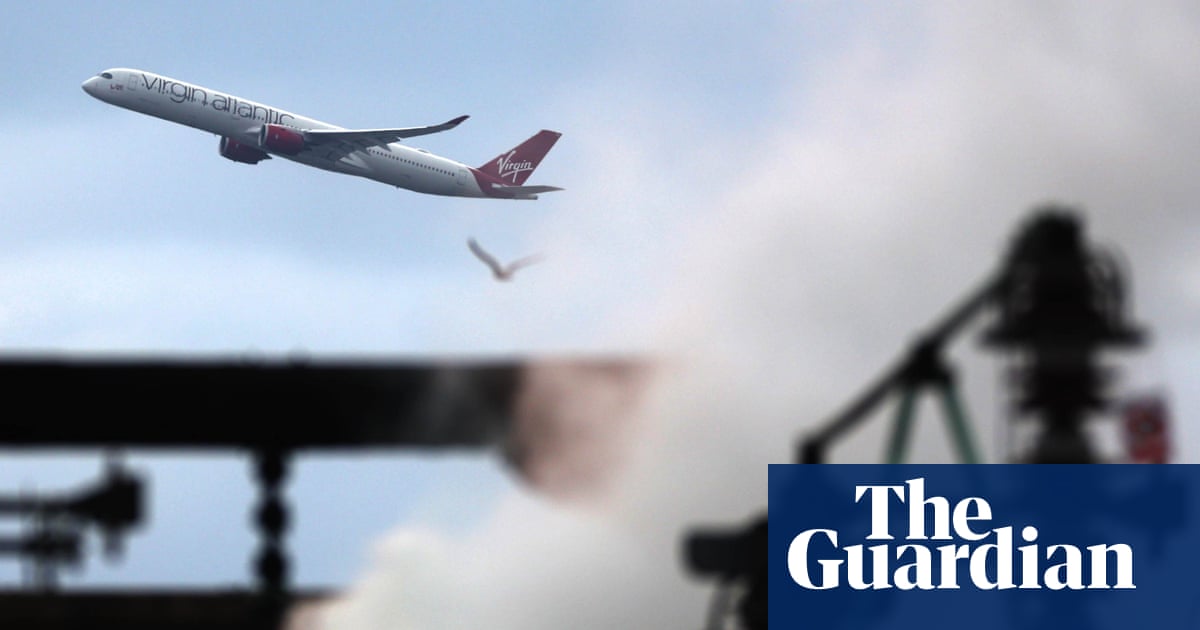Heathrow’s chief executive has expressed his “deep regret” at being uncontactable and sleeping through the massive power outage that upended the travel plans of 200,000 passengers earlier this year.
Thomas Woldbye slept through two emergency notification calls and “several” phone calls from Heathrow’s chief operating officer, Javier Echave, in the early hours of the morning aftera fire at a nearby substation knocked out power supplies to the airport.
An internal inquiry into the 21 March shutdown found that the chief executive was absent from the early decisions made in response to the crisis because his phone had “gone into a silent mode, without him being aware it had done so, and he was asleep at the time”.
Woldbye first became aware that Heathrow had been shut down overnight at approximately 6.45am on 21 March when he received a debrief on the “unprecedented” fire at a nearby substation, which upended Heathrow’s power systems and led to the cancellation of more than 1,300 flights.
He expressed his “deep regret at not being contactable during the night of the incident” to the internal inquiry conducted by Ruth Kelly, former secretary of state for transport.
Woldbye washeavily criticisedafter the outage for reportedly going to bed on the night of the crisis so he could be “better rested” to handle the fallout the following day. But the Kelly Review was told reports that Woldbye had appointed Echave in charge of the incident and then gone to sleep were not correct.
The Kelly Review found that the early decision taken by Echave, approximately 90 minutes after the power outage, to shut the airport immediately “was correctly made and essential to protect the safety and security of people”.
Kelly said: “The evidence confirms that Heathrow made the right decisions in exceptionally difficult circumstances. While the disruption was significant, alternative choices on the day would not have materially changed the outcome.”
The outage at Europe’s busiest airport has raised questions over the resilience of the UK’s ageing national infrastructure. In addition to the Kelly Review, there are ongoing investigations by the National Energy System Operator and the energy regulator Ofgem into the loss of power that triggered the airport’s shutdown.
The substation outage disrupted electricity grids in the local area, cutting off power to one of Heathrow’s three connection points to the surrounding power networks, which caused the airport to shut down.
The Kelly Review has called on Heathrow to give “careful consideration” to investing in new diesel generators to provide extra backup power to the airport in its future plans.
The review found that the airport was aware that losing power from one intake would disrupt its operations for at least eight hours while it reset its systems to accept power from the other two connection points.
Sign up toFirst Edition
Our morning email breaks down the key stories of the day, telling you what’s happening and why it matters
after newsletter promotion
It blamed the lengthy process of reconfiguring the Heathrow network on the design of the airport’s 75-year-old electricity system and warned that there was “no immediate fix to this problem”.
Instead, Heathrow should work closely with airlines and the Civil Aviation Authority on the need for new energy investments, “so that a shared understanding can be reached on this topic as soon as possible”.
Heathrow has enough diesel generators to provide instant backup power supply to the airfield lighting and the control tower for up to seven days to allow for emergency landings.
Woldbye has warned that it couldcost about £1bnto install a more resilient power supply system to prevent a repeat of theoutage– which could mean higher charges for the airlines who help to fund it, and higher ticket prices for passengers.
In response to the review, Woldbye said: “Investments in energy resilience have been and will continue to be part of our strategy, and our response to this unprecedented incident was effective due to well-drilled procedures.”
